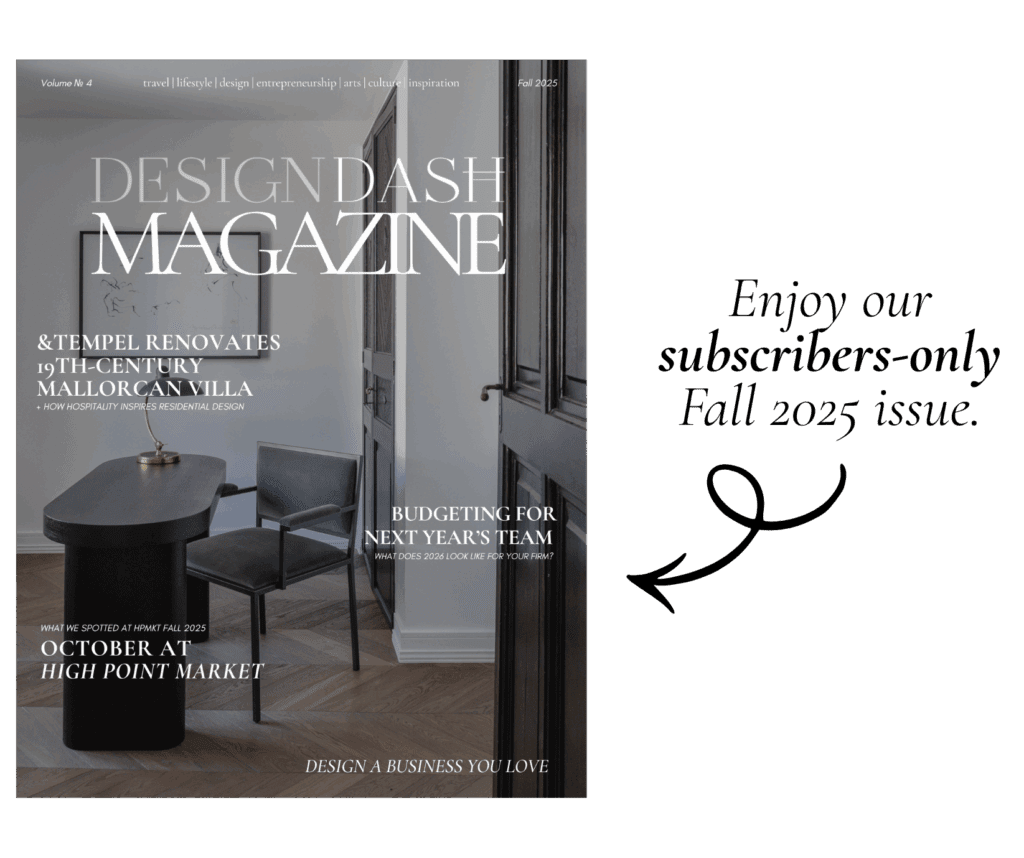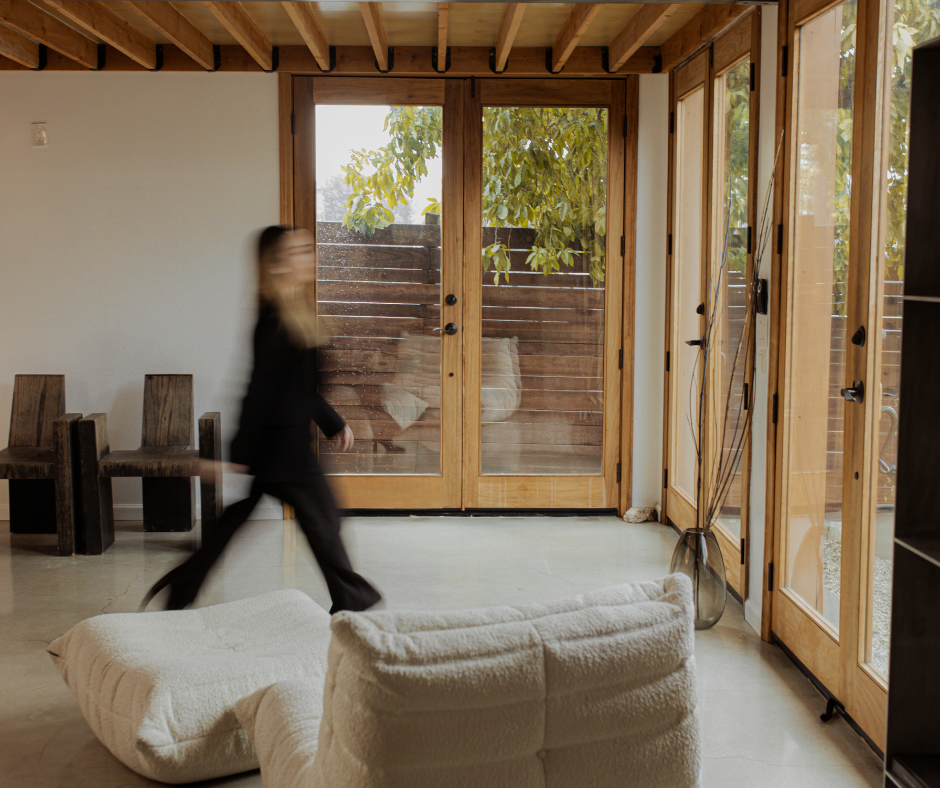
What Do I Do If a Couple Can’t Agree On a Design Direction?
Summary
When couples can’t agree on a design direction, it’s not your job to be their marriage counselor, but you do need systems to keep projects on track. By separating client voices, finding areas of overlap, presenting options that integrate both perspectives, setting firm boundaries, and offering a practical decision-making hierarchy, you can defuse tension and guide the project to success without compromising your role as a designer.
Reflection Questions
Do I currently have structured processes (like questionnaires or mood boards) in place to uncover individual client preferences before conflicts arise?
How can I position myself as a problem-solver and creative guide rather than a mediator caught in the middle of client disagreements?
Where in my current client contracts or onboarding could I set clearer expectations around decision-making and conflict resolution?
Journal Prompt
Think about a past project where clients disagreed strongly on design decisions. How did you handle it in the moment? Now, imagine you had used a structured approach—neutral discovery, overlap mapping, or parallel options. How might the process, your stress levels, and the client’s trust in your expertise have been different?
Interior designer or marriage counselor? You’re only supposed to function as one of those. Conflicting opinions within a household are nothing new, but for firm owners, managing those tensions can turn a dream project into a lesson in diplomacy that you never signed up for. When both clients have strong views, the designer can get caught in the middle. It’s not your role to mediate their relationship, but it is your responsibility to keep the project on track. Thankfully, we’ve tackled similar issues on the DesignDash Podcast and throughout this article you’ll find embedded clips with real-world advice from firm owners who’ve faced these exact situations.
Five Ways to Navigate Conflicting Client Preferences
Start with neutral discovery

When couples disagree, the best first step is separating their voices. Ask each client to complete a style questionnaire or assemble a mood board without the other’s influence. This exercise strips away the performance aspect of “convincing” and gives you unfiltered insights into what each person actually wants.
You may discover that while they argue over sofas, their core values (comfort, durability, resale potential) are actually aligned. Having those insights in hand helps you move the conversation from subjective preferences to practical needs.
Find areas of overlap

Once you have a clearer sense of individual preferences, the goal is to locate their Venn diagram overlap, so to speak. It might be as simple as both clients preferring natural materials or both leaning toward bold art pieces.
Highlighting shared ground builds confidence that compromise is possible, which can de-escalate tension before it seeps into design meetings. Document these overlaps and return to them often: “Remember, you both loved this walnut finish.” Even the tiniest bits of shared ground can anchor the couple when disagreements flare up again.
Fuel your creative fire & be a part of a supportive community that values how you love to live.
subscribe to our newsletter
*please check your Spam folder for the latest DesignDash Magazine issue immediately after subscription

Present parallel options

Rather than choosing sides, present two or three design schemes that clearly integrate elements from both clients’ wish lists. Showing how their ideas can coexist in a single vision reframes the conversation from “whose taste wins” to “which option best represents us.”
This also positions you as a creative problem-solver rather than a referee. Many firm owners find that once clients see their ideas represented professionally, the emotional charge drains out of the discussion and they can evaluate choices more rationally.
Set boundaries around decision-making

There will be moments when compromise isn’t possible. In those cases, redirect the couple back to one another: “This is a decision that needs to be made between you two. Once you agree, we can implement it.”
Firm boundaries (no pun intended) prevent your team from being dragged into personal disputes and keep responsibility where it belongs. For repeat clients especially, it’s critical to draw this line early so you don’t become the default mediator in every future project.
Offer a practical hierarchy

If tensions persist, suggest this simple rule of thumb: one client gets final say on functional decisions (layout, flow, durability) while the other takes the lead on aesthetic calls (color, pattern, mood). It’s not foolproof, but it can prevent stalemates. Establishing this framework at the start of a project is far easier than trying to impose it midstream when emotions are already high.
“Is it both? Do we need consensus? Is one deferring to the other?” DesignDash Co-Founder and Laura U Design Collective Founder Laura Umansky says. “We try to avoid making all the decisions with one person, only to have the other come in at the end and second guess everything.”
Join the DesignDash Community for Peer-to-Peer Support
Couples will disagree; that’s inevitable. What matters is whether your firm has systems in place to manage those disagreements without derailing a project. By staying neutral, finding common ground, and presenting structured options, you can keep the design process productive and professional.
If you want more firsthand strategies developed by firm owners in similar situations, join the DesignDash Community to connect with firm owners who’ve been in the same position and share what worked for them.
Written by the DesignDash Editorial Team
Our contributors include experienced designers, firm owners, design writers, and other industry professionals. If you’re interested in submitting your work or collaborating, please reach out to our Editor-in-Chief at editor@designdash.com.











